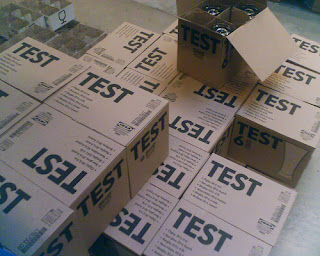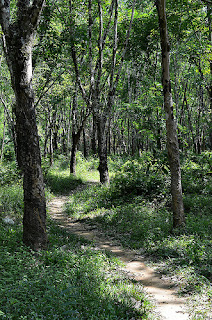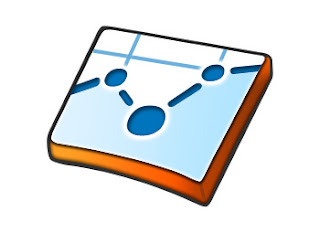 |
| From Flickr user Krissen. |
When you send out your emails, you want people to share your content on their social feeds, right? Are you always happy with the auto-generated Tweets and Facebook posts that are created when people click your sharing buttons?
Is the resulting Tweet or Facebook post a little too generic for your taste? Is the Tweet missing your Twitter handle? Is the photo that comes up on Facebook the wrong one?
Wouldn't it be great if you could create better Tweets and Facebook posts for people who clicked on your sharing buttons?
OK, that was a lot of questions. The good news is that there is a solution to this problem - a brilliant little tool called Watershed Share.
How?
You can use Watershed Share to write your social media posts, including photos and shortlinks, and then link the resulting URLs to your sharing buttons.
Then, when people share your content, the Twitter and Facebook posts you created - with the right hashtags, Twitter handles, and photos, are populated right on folks' feeds. They can, of course, make some edits before they share with their fans and followers, but they are less likely to do that if you write better content for them.
This is a great tool for multi-article email newsletters, but also can work anywhere on your web site.
Why?
This is just one more way to better control your brand and your message, and one more way to better serve your customers by making it easier to share great content. So, thanks Watershed for the tool!
Have you tried this? How did it work for you? Let me know.





